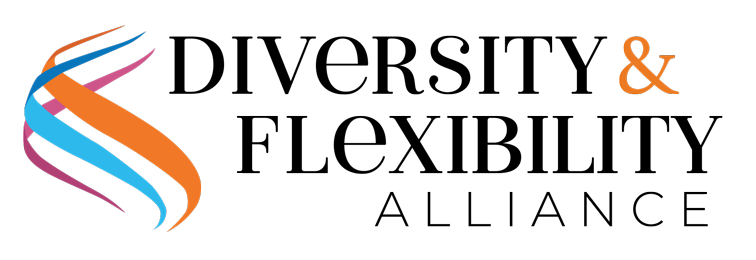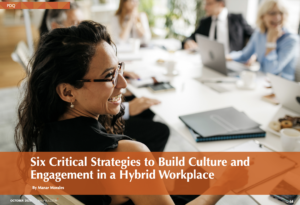Have you ordered your copy of Manar Morales’ new book, The Flexibility Paradigm: Humanizing the Workplace for Productivity, Profitability & Possibility, yet?
Already a top seller on Amazon, this insightful guide offers the tools you need to create an agile, resilient, and successful organization with people at the center!
Why not make sure your entire team is on the same page when it comes to flexibility and organizational culture by ordering a copy for all of your colleagues? Pre-order 100+ copies by January 24, 2025, and get access to an exclusive virtual fireside chat with Manar Morales!
The Flexibility Paradigm covers many of the most pressing issues facing today’s workplaces, including:
- The growing disconnect between employee and employer expectations around return-to-office
- Creating meaningful connection and culture in work environments
- Preventing burnout while maintaining high performance
- Attracting and retaining top talent in a competitive market
- Building sustainable flexibility that drives business success
- And much more!
Individual copies: can be ordered through Amazon, Barnes & Noble and Porchlight. **A reminder that 2024 conference attendees will receive a complimentary copy directly from the Alliance.
For bulk orders and to schedule your fireside chat: Complete this form or email Manar Morales for more information.

 We are living in an uncertain, sometimes volatile, world. Our workplaces have been impacted by this uncertainty becoming more complex. Obviously, in 2020 COVID-19 turned everything we knew on its end and forced us all to reevaluate the way we work. But beyond the pandemic, there are a myriad of new forces at play affecting today’s workplaces.
We are living in an uncertain, sometimes volatile, world. Our workplaces have been impacted by this uncertainty becoming more complex. Obviously, in 2020 COVID-19 turned everything we knew on its end and forced us all to reevaluate the way we work. But beyond the pandemic, there are a myriad of new forces at play affecting today’s workplaces.